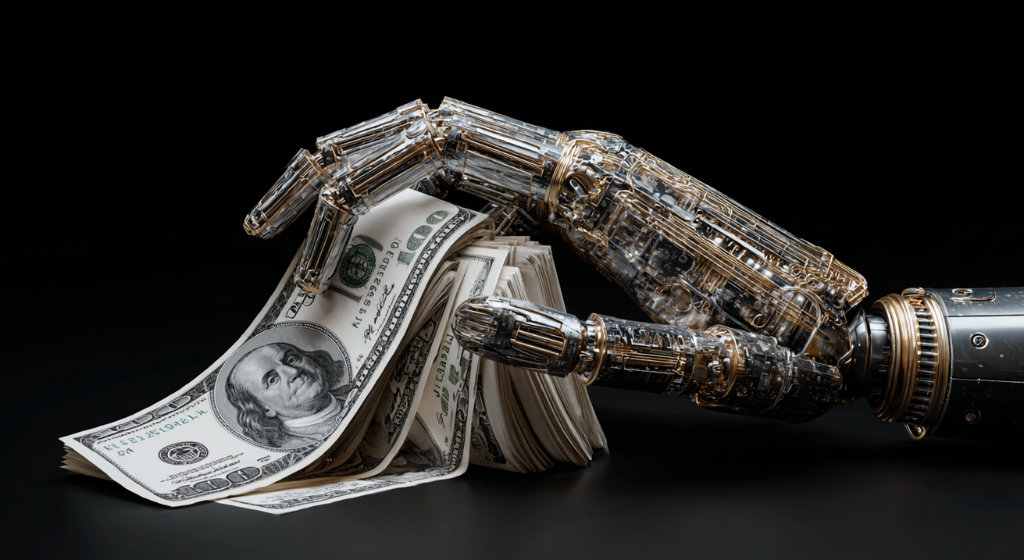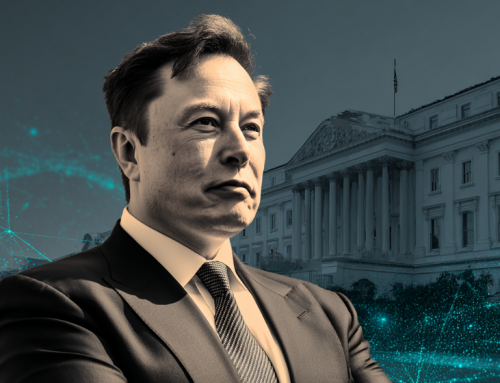
Goldman Sachs says AI has quietly added $160 billion to the U.S.’s ‘true GDP’ since 2022, but most of its impact remains hidden from official statistics due to measurement gaps. (Source: Image by RR)
Goldman Sachs Suggests AI’s Impact Is More Powerful Than Headline Numbers Indicate
Goldman Sachs analysts argue that artificial intelligence’s (AI) contribution to the U.S. economy is far greater than official statistics suggest. In a Sept. 13 research note, economists Elsie Peng, Joseph Briggs, and Sarah Dong revealed that the “true GDP” boost from AI-related spending since ChatGPT’s 2022 debut could total $160 billion—about 0.7% of U.S. GDP. However, because the Bureau of Economic Analysis (BEA) only counts final products, much of this AI-driven activity—such as semiconductor and server production—remains invisible in official GDP figures.
The researchers found that U.S. firms’ spending on AI infrastructure has surged by $400 billion since 2022, with a 39% annualized spike in information-processing equipment alone during the first half of 2025. After adjusting for imports, inflation, and foreign sales, they calculated that most of this growth has gone unrecognized. Official GDP statistics, as noted in fortune.com, only captured $45 billion, or about 0.2% of GDP, translating to a mere 0.1 percentage points of annualized growth—well below AI’s actual economic footprint.
Goldman identified four main channels through which AI is reshaping the economy: investments in hardware like semiconductors and servers, construction of data centers and power facilities, intellectual property spending such as software and R&D, and net exports of AI-related goods and services. However, the team cautioned that much of the current investment surge came from imports, limiting direct contributions to domestic GDP and potentially front-loading growth ahead of anticipated tariff hikes.
The findings come amid broader questions about how to measure AI’s rapid transformation of the economy. While consumer spending remains sluggish and job growth slow, AI investments are emerging as a critical driver of growth, potentially outpacing even consumer activity. If there’s an AI bubble, a downturn could have wide-ranging consequences. But for now, Goldman Sachs suggests that AI’s hidden contributions are more powerful—and possibly more sustainable—than headline economic data reveals.
read more at fortune.com







Leave A Comment